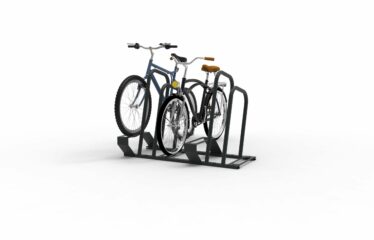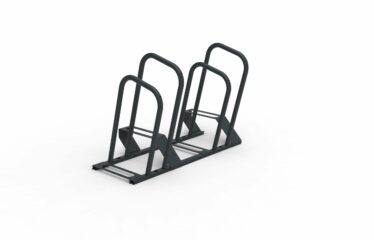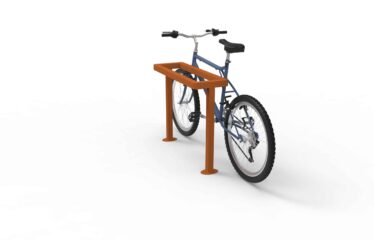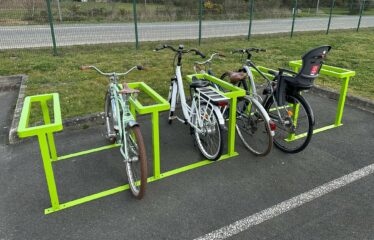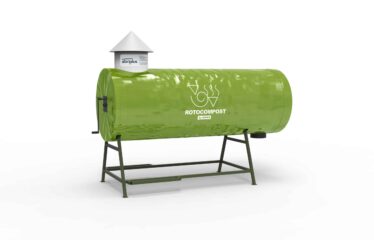Selective sorting of non-household waste: a legal obligation to protect the environment

As of January 1, 2025, the French Anti-Waste for a Circular Economy (AGEC) law requires the selective sorting of non-household waste in public spaces. This measure aims to reduce the environmental impact of waste by maximizing its recycling and recovery. Today, the rate of coverage of the country by out-of-home selective sorting systems is still low, at 25% (according to CITEO), even though it has risen sharply to 5% by 2022.
As a result, many public and private players are investing in selective sorting shelters to enable visitors and passers-by to sort their waste for recycling or recovery.
Under certain conditions, local authorities can benefit from subsidies from CITEO to equip their areas with out-of-home sorting systems. The 2025 call for projects was relaunched in March 2025, so don’t wait to apply: https: //www.citeo.com/appel-projets-hors-foyer
In 2024, this same scheme enabled 367 local authorities to benefit from subsidies worth 91 million euros, representing the deployment of 40,000 dedicated facilities.
Abri Plus offers you a CITEO-compliant bin shelter to equip your territory! The MULTIFLUX will meet all your needs.
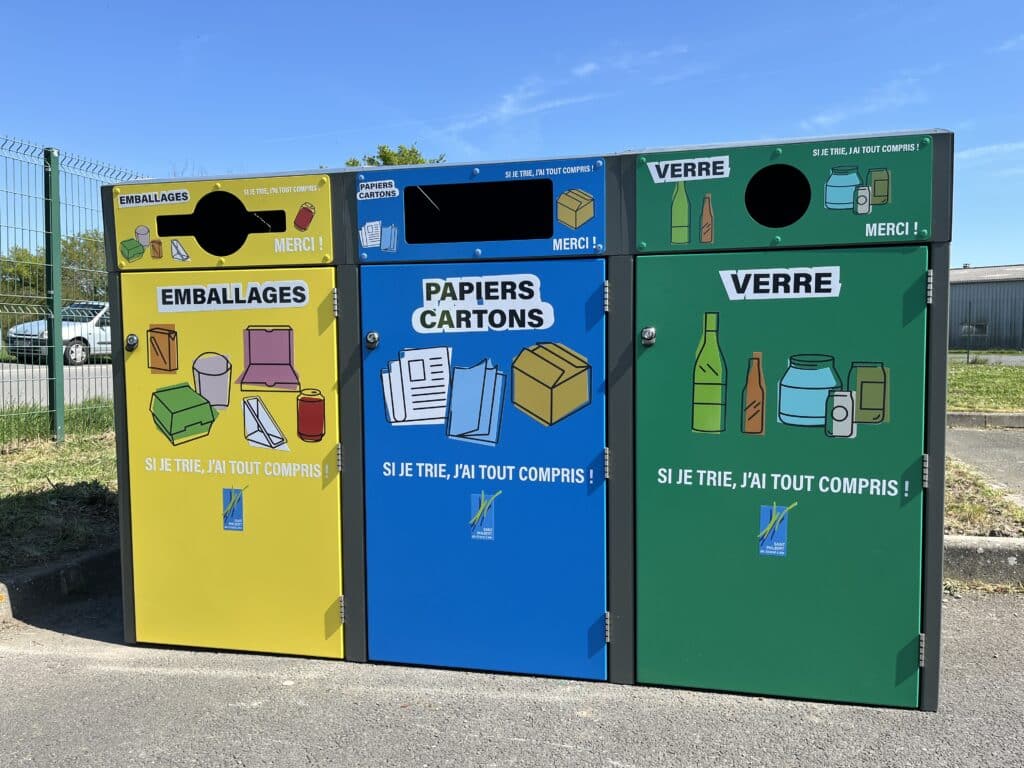
The finding:
According to CITEO, 300,000 tonnes of packaging are thrown away outside the home in public or private places every year. At the same time, the proportion of French people who systematically sort their packaging is increasing every year, notably for environmental reasons (source: https: //www.ipsos.com/sites/default/files/ct/news/documents/2018-11/geste_de_tri_chez_les_francais.pdf,).
In order to meet the regulatory requirements of the AGEC Act, but also to respond to the now widespread desire to sort waste in France, we’re deploying equipment in all places with high footfall and nomadic consumption, such as city-center shopping streets, parks and gardens, beaches and tourist sites, quays and marinas, as well as establishments open to the public.
Increasing the number of selective sorting systems outside the home will increase the flow of waste destined for recycling or recovery. Choosing equipment designed for this purpose, and displaying precise and engaging communications, will ensure better sorting quality, fewer rejections by sorting centers, and therefore a greater volume of material actually recycled.
What are the environmental objectives of out-of-home selective sorting?
- Increase in the recycling rate for waste produced outside the home
- Reduce pollution from poorly sorted waste
- Reducing the use of natural resources
- Raising public awareness of recycling issues
- Contributing to the circular economy
In a few figures, out-of-home sorting makes it possible :

Source : https://on-ne-lache-rien.citeo.com/
What are the key criteria for choosing out-of-home sorting equipment?
1. Type of container
Bin shelters are the ideal solution for a number of reasons:
- Easy collection thanks to standardized containers
- Weather protection
- Better aesthetic integration into the urban environment
- Greater storage capacity than conventional baskets
2. Designing openings
The openings must be specifically adapted to each type of waste stream:
- Narrow slots for paper/cardboard
- Suitable openings for packaging including pizza cartons, food trays, plastic bottles, cans, etc.
- Circular holes for glass
- Traps adapted for residual waste
Tip: Equipping pre-collection equipment with specific mouthpieces enables passers-by to instantly identify the right orifice – this is the “Nudge” principle. This avoids gross sorting errors, and encourages them to sort thanks to a much reduced effort.
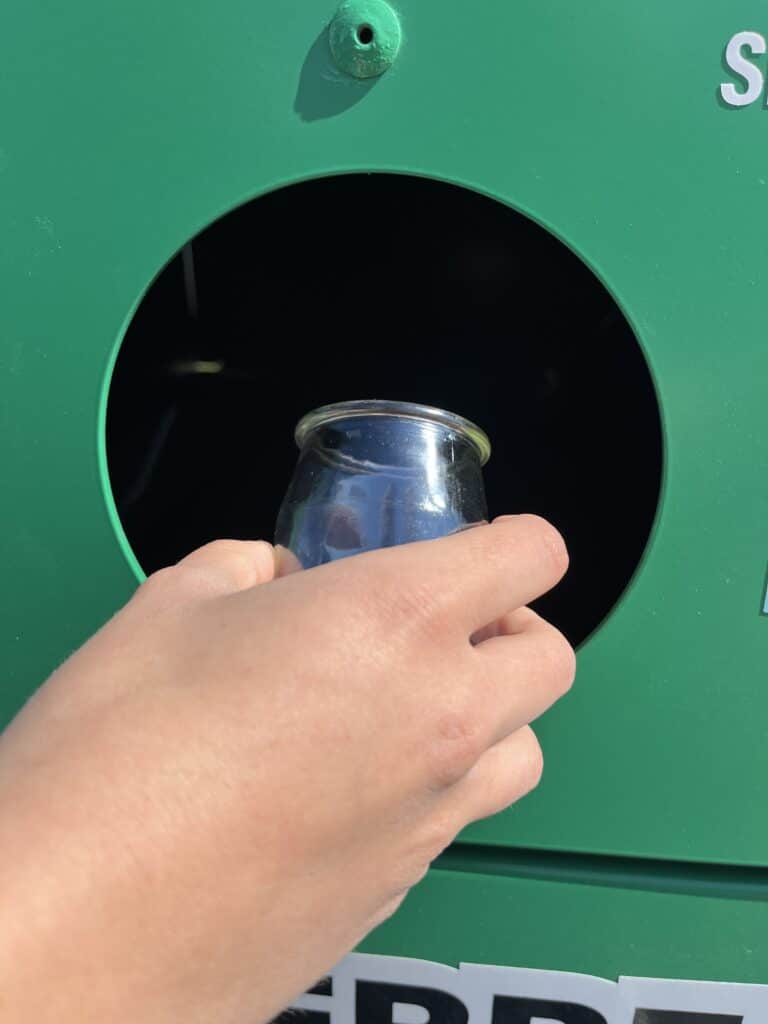
It is also recommended to provide a specific color for each flow. The following colors are now generally accepted, depending on the flow:
-YELLOW for the “packaging” stream
-BLUE for “paper, cardboard” flow
-GREEN for the “glass” stream
-GREY for the “other household waste” stream
BROWN for the “bio-waste” stream
3. Multi-level communication
The equipment must integrate different levels of communication:
- Signage visible from afar for quick identification: the equipment can be fitted with a signal mast, for example.
- Clear instructions nearby to guide the approach: doors in the colors of the flow, with sorting rules displayed on the front facades, for example.
- Detailed instructions for openings: visual elements, pictograms or photos can be placed here to reassure passers-by that the sandwich wrapper and the can do indeed go into the same stream.
- Pictograms or photos: this can be an aesthetic choice, with pictograms offering a wider creative palette. Photos have the advantage of clarity.
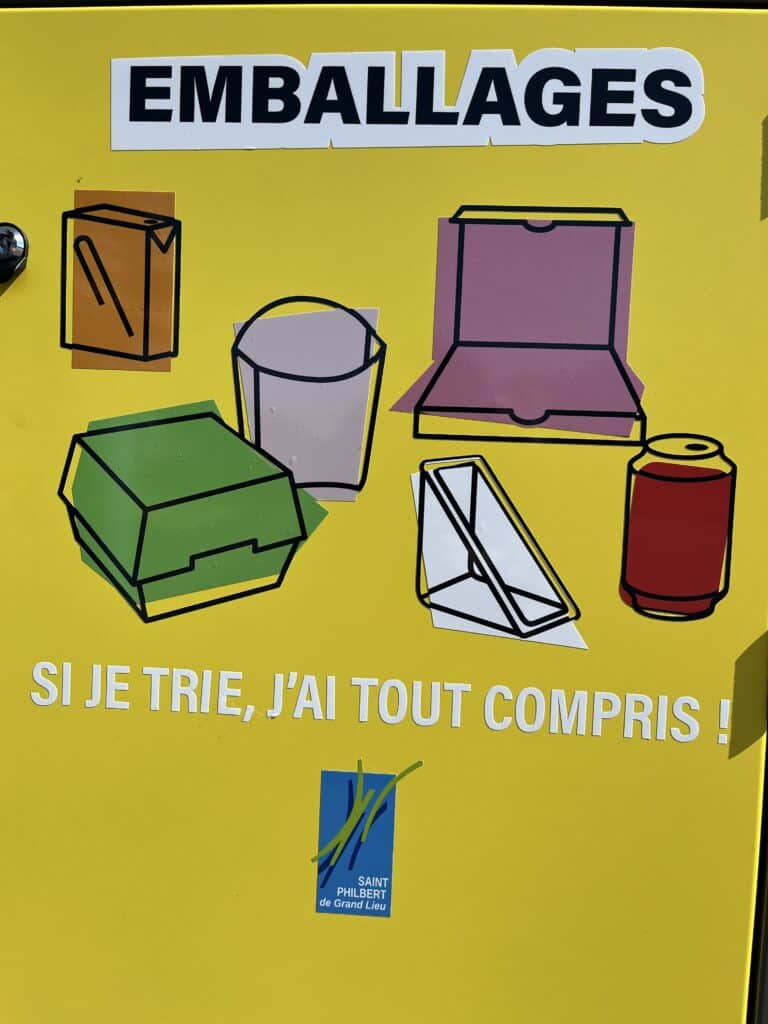
What are the expected benefits of sorting waste outside the home?
This structured approach to selective sorting outside the home makes it possible :
- Better sorting quality
- An increase in volumes collected
- A reduction in OMR treatment costs subject to TGAP (see article…)
- Increased customer satisfaction
The installation of such equipment requires careful consideration of its layout and maintenance, but represents a crucial investment in achieving the environmental objectives set by the AGEC law.
Abri plus offers a bin shelter dedicated to the selective sorting of out-of-home waste. Find out more:
Share this article
